High blood pressure is a common condition in which the long-term force of the blood against your artery walls is high enough that it may eventually cause health problems, such as heart disease. Blood pressure is a measurement of the pressure in your arteries during the active and resting phases of each heartbeat. Here’s what the numbers mean:
Systolic pressure. The first (top) number in a blood pressure reading, this is the amount of pressure your heart generates when pumping blood through your arteries to the rest of your body.
Diastolic pressure. The second (bottom) number in a blood pressure reading, this refers to the amount of pressure in your arteries when your heart is at rest between beats.
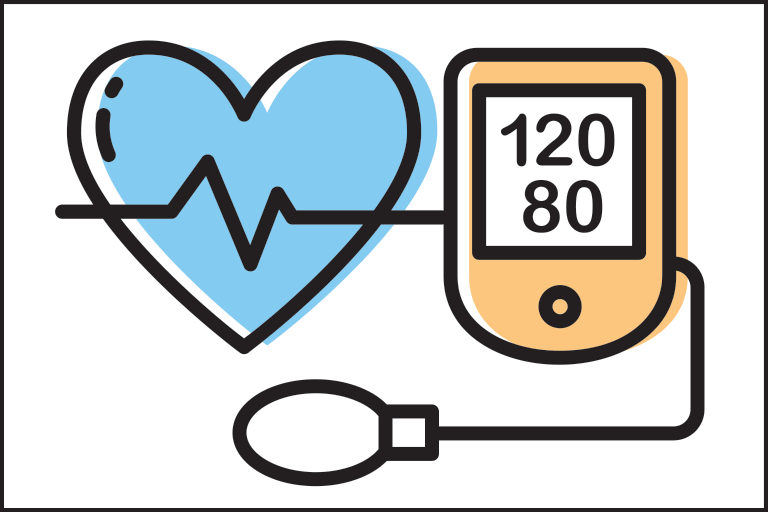
Current guidelines identify normal blood pressure as lower than 120/80 mm Hg. Although you can get an accurate blood pressure reading at any given time, blood pressure isn’t always the same. It can vary considerably in a short amount of time — sometimes from one heartbeat to the next, depending on body position, breathing rhythm, stress level, physical condition, medications you take, what you eat and drink, and even time of day. Blood pressure is usually lowest at night and rises sharply on waking. It is defined as chronically elevated blood pressure greater than 140/90 mmHg. Blood pressure is determined both by the amount of blood your heart pumps and the amount of resistance to blood flow in your arteries. The more blood your heart pumps and the narrower your arteries, the higher your blood pressure. You can have high blood pressure (hypertension) for years without any symptoms. Even without symptoms, damage to blood vessels and your heart continues and can be detected. Uncontrolled high blood pressure increases your risk of serious health problems, including heart attack and stroke. High blood pressure generally develops over many years, and it affects nearly everyone eventually. Fortunately, high blood pressure can be easily detected. And once you know you have high blood pressure, you can work with your doctor to control it.
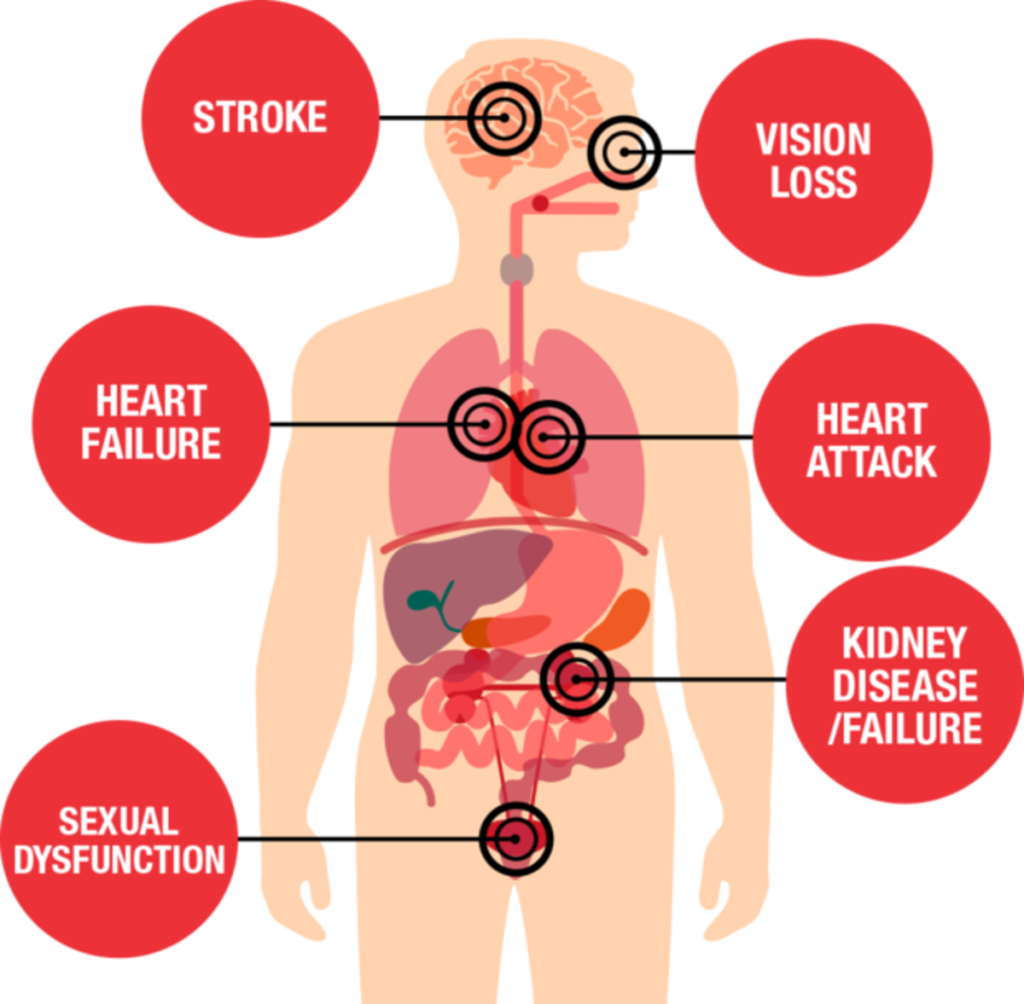
Symptoms
Most people with high blood pressure have no signs or symptoms, even if blood pressure readings reach dangerously high levels. A few people with high blood pressure may have headaches, shortness of breath or nosebleeds, but these signs and symptoms aren’t specific and usually don’t occur until high blood pressure has reached a severe or life-threatening stage.
Uncontrollable risk factors for high blood pressure
Age. The risk of high blood pressure increases as you age.
Gender. Through early middle age, or about age 45, high blood pressure is more common in men. Women are more likely to develop high blood pressure after age 65.
Race. High blood pressure is particularly common among blacks, often developing at an earlier age than it does in whites.
Family history. High blood pressure tends to run in families.
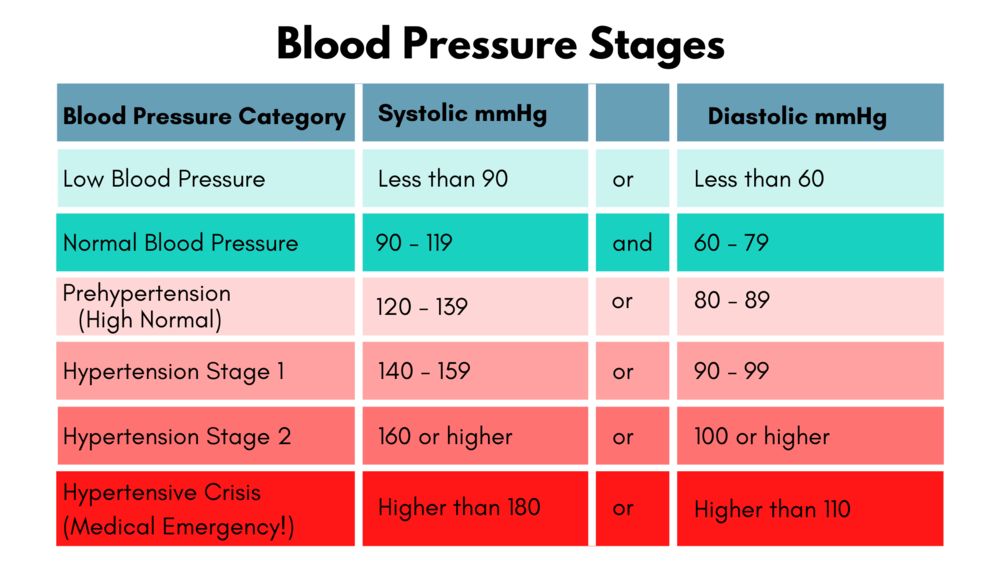
Controllable risk factors for high blood pressure
- Stress
- Being overweight or obese
- Not being physically active
- Using tobacco
- Too much salt (sodium) in your diet
- Too little potassium in your diet
- Too little vitamin D in your diet
- Drinking too much alcohol
Certain chronic conditions. Certain chronic conditions also may increase your risk of high blood pressure, such as kidney disease, diabetes and sleep apnea. Sometimes pregnancy contributes to high blood pressure, as well. Although high blood pressure is most common in adults, children may be at risk, too. For some children, high blood pressure is caused by problems with the kidneys or heart. But for a growing number of kids, poor lifestyle habits, such as an unhealthy diet, obesity and lack of exercise, contribute to high blood pressure.
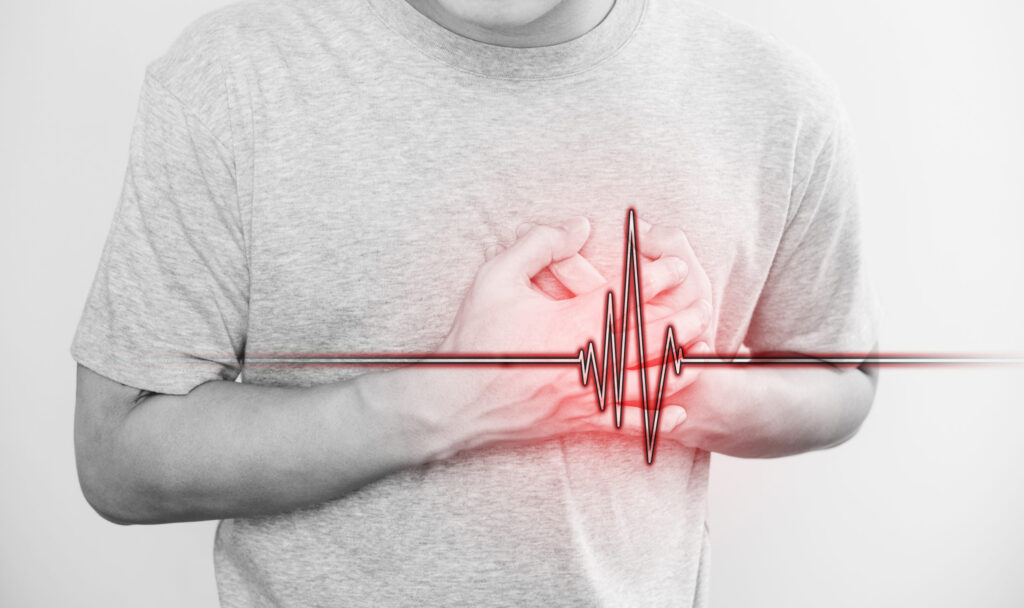
Exercise: A drug-free approach to lowering high blood pressure
Your risk of high blood pressure (hypertension) increases with age, but getting some exercise can make a big difference. And if your blood pressure is already high, exercise can help you control it. Don’t think you’ve got to run a marathon or join a gym. Instead, start slow and work more physical activity into your daily routine.
How exercise can lower your blood pressure
How are high blood pressure and exercise connected? Regular physical activity makes your heart stronger. A stronger heart can pump more blood with less effort. If your heart can work less to pump, the force on your arteries decreases, lowering your blood pressure. Becoming more active can lower your systolic blood pressure — the top number in a blood pressure reading — by an average of 4 to 9 millimeters of mercury (mm Hg). That’s as good as some blood pressure medications. For some people, getting some exercise is enough to reduce the need for blood pressure medication. If your blood pressure is at a desirable level — less than 120/80 mm Hg — exercise can help prevent it from rising as you age. Regular exercise also helps you maintain a healthy weight — another important way to control blood pressure. But to keep your blood pressure low, you need to keep exercising on a regular basis. It takes about one to three months for regular exercise to have an impact on your blood pressure. The benefits last only as long as you continue to exercise.
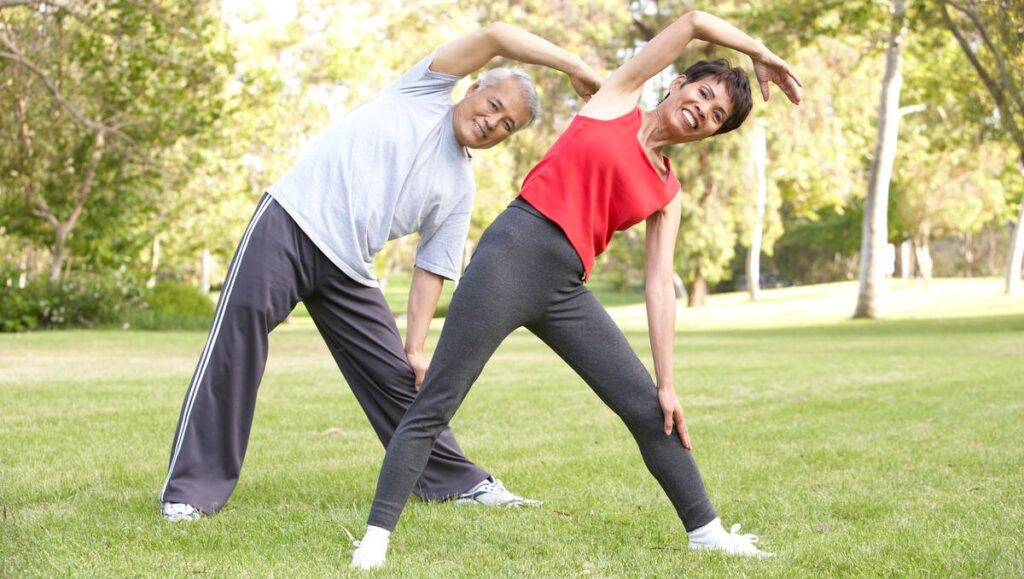
How much exercise do you need?
Aerobic activity can be an effective way to control high blood pressure. But Yoga, flexibility and strengthening exercises such as lifting weights are also important parts of an overall fitness plan. You don’t need to spend hours in the gym every day to benefit from aerobic activity. Simply adding moderate physical activities to your daily routine will help.
Sometimes it’s best to check with your doctor before you jump into an exercise program, especially if:
- You’re a man older than age 40 or a woman older than age 50.
- You smoke or quit smoking in the past six months.
- You’re overweight or obese.
- You have a chronic health condition, such as diabetes, cardiovascular disease or lung disease.
- You have high cholesterol or high blood pressure.
- You’ve had a heart attack.
- You have a family history of heart-related problems.
- You feel pain or discomfort in your chest, jaw, neck or arms during activity.
- You become dizzy with exertion.
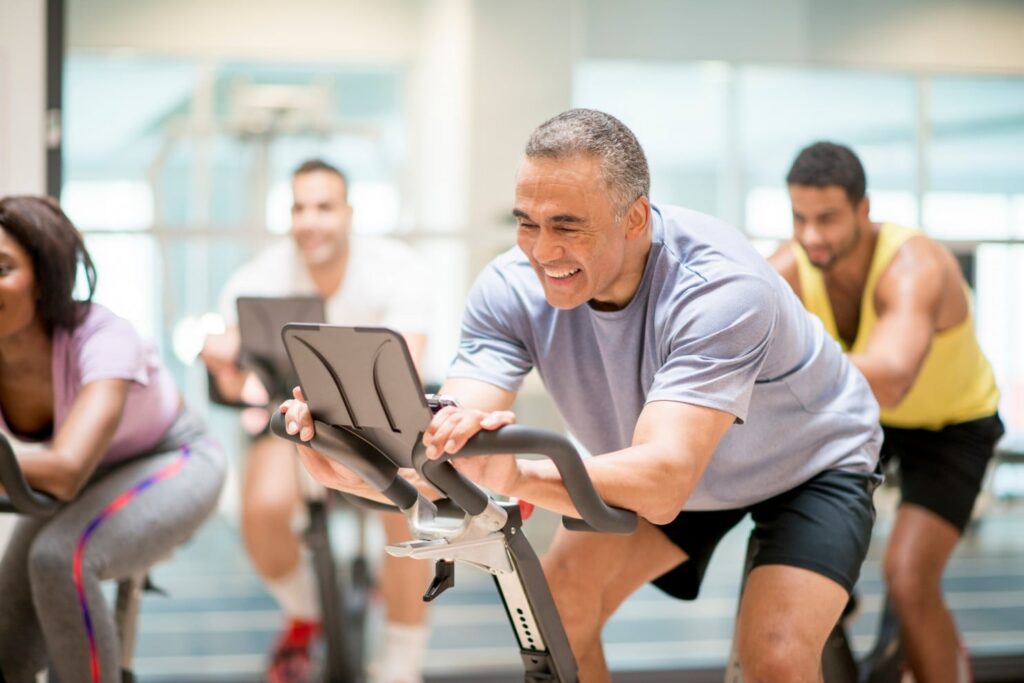
If you take any medication regularly, ask your doctor if exercising will make it work differently or change its side effects — or if your medication will affect the way your body reacts to exercise.
Keep it safe
To reduce the risk of injury while exercising, start slowly. Remember to warm up before you exercise and cool down afterward. Build up the intensity of your workouts gradually.
Monitor your progress The only way to detect high blood pressure is to keep track of your blood pressure readings. Have your blood pressure checked at each doctor’s visit, or use a home blood pressure monitor. If you already have high blood pressure, home monitoring can let you know if your fitness routine is helping to lower your blood pressure, and may make it so you don’t need to visit your doctor to have your blood pressure checked as often. Home blood pressure monitoring isn’t a substitute for visits to your doctor, and home blood pressure monitors may have some limitations. If you decide to monitor your blood pressure at home, you’ll get the most accurate readings if you check your blood pressure before you exercise.

Dr Saranjeet Singh
Fitness & Sports Medicine Specialist
Lucknow (UP), INDIA

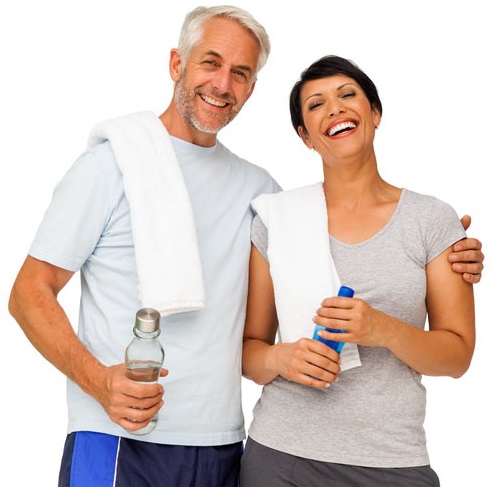

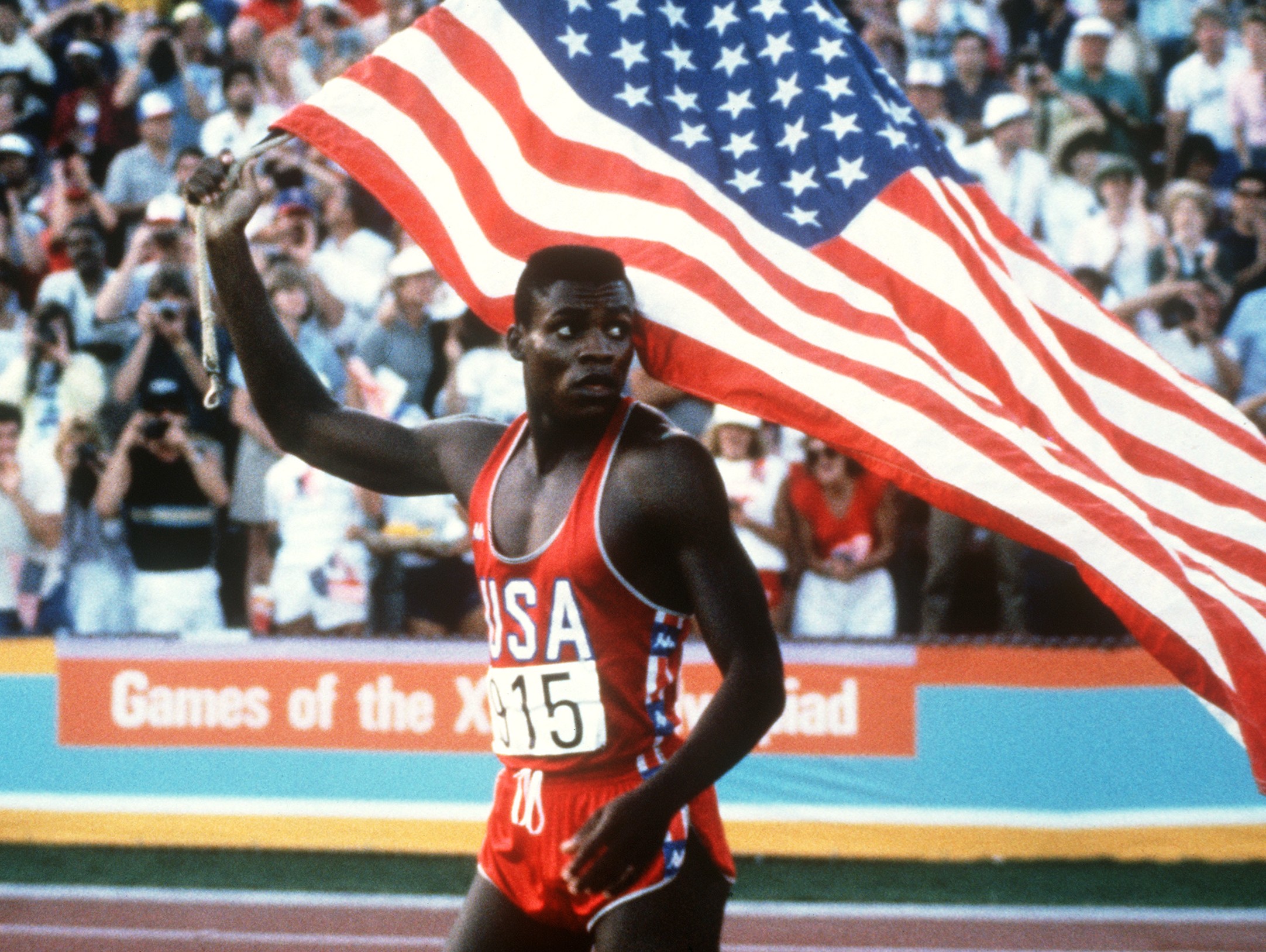
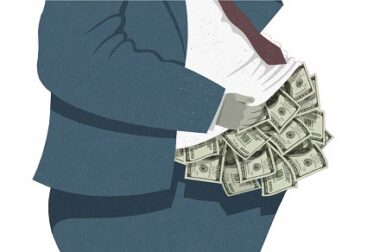


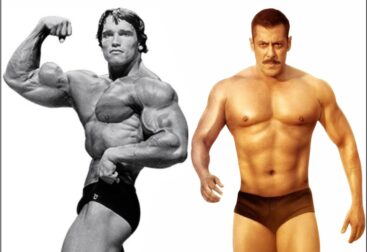
Sir,very informative and helpful information. Thanks for the update. Keep it up sir.